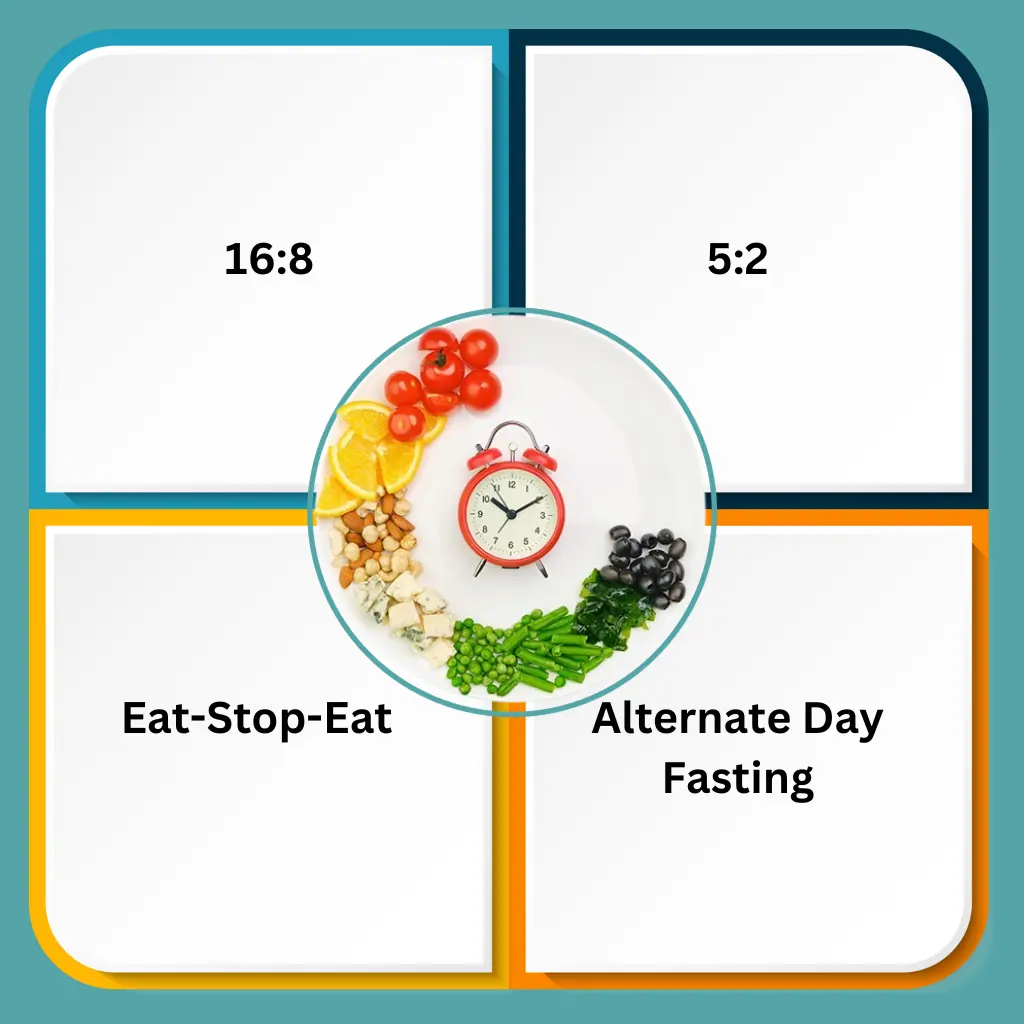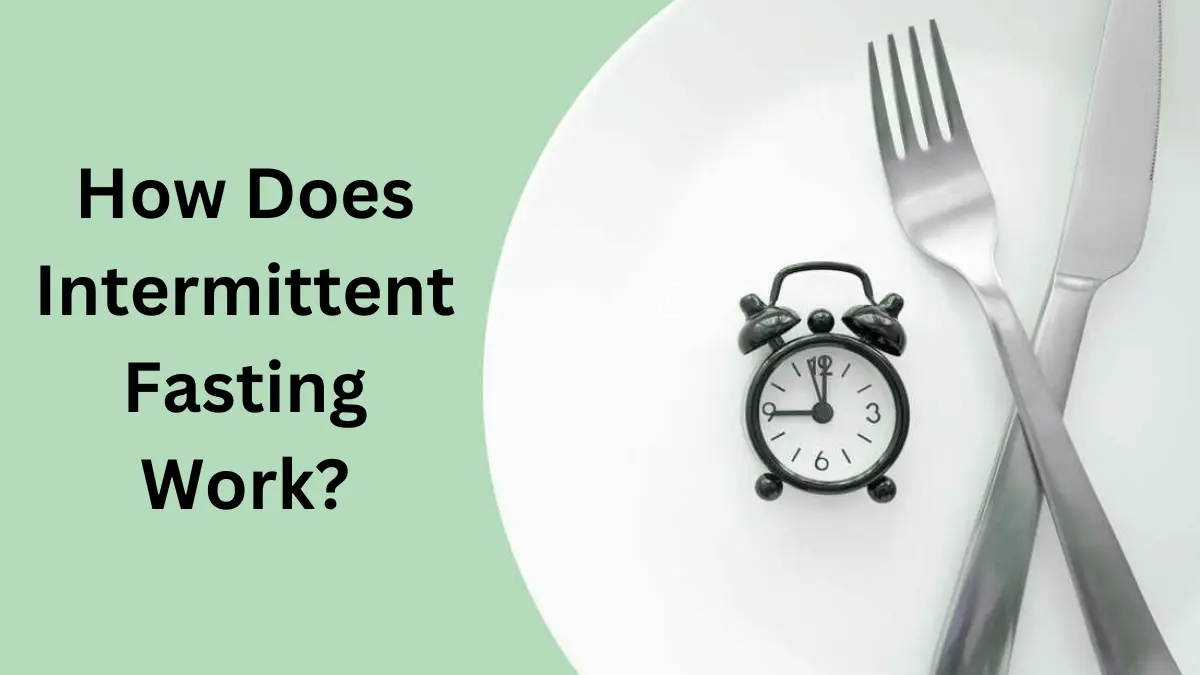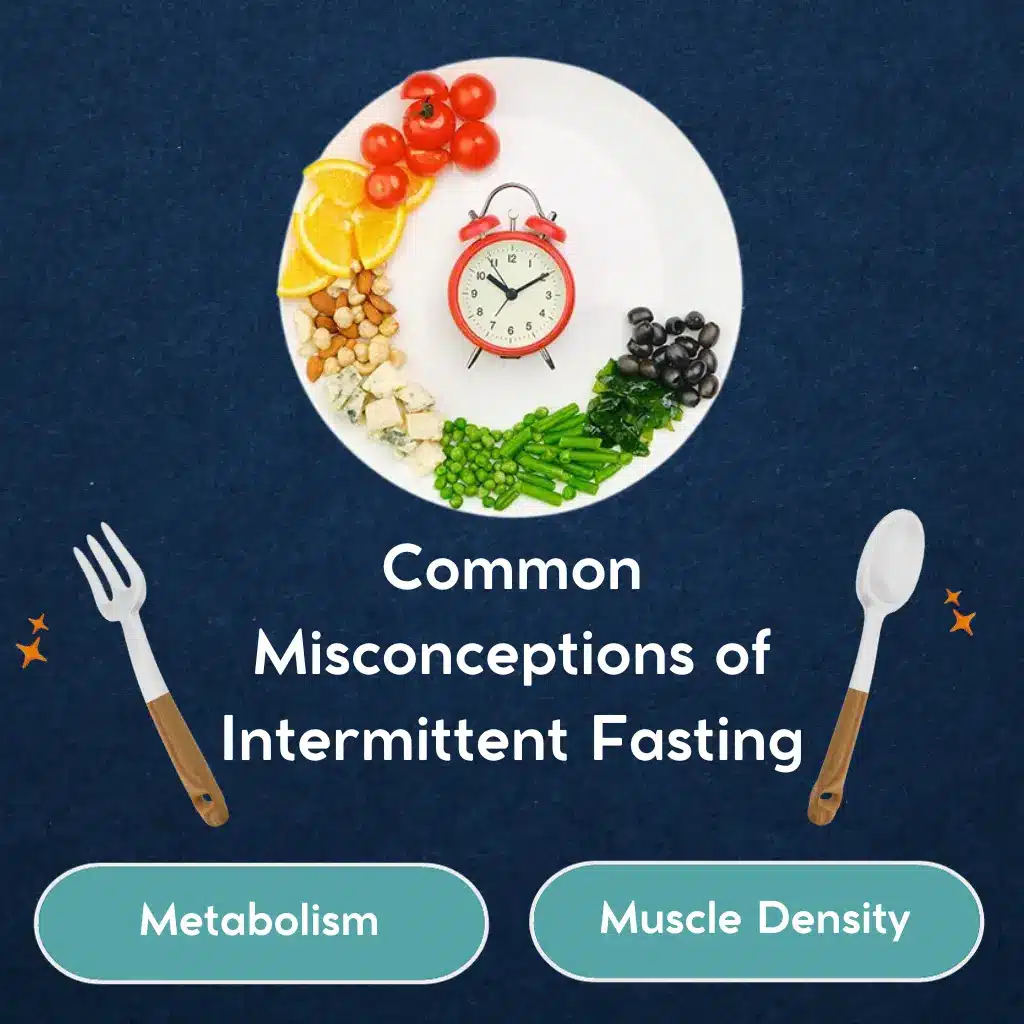Advertising Disclosure
Introduction

When we live our lives in a very undisciplined way, we start suffering from a lot of problems.
The same thing goes for our bodies when it comes to our eating habits.
When we eat in a very undisciplined way, our body suffers from a lot of problems, among which the major one is increased weight.
Eating in a disciplined manner and in the correct proportions is called intermittent fasting.
You start seeing the difference from the first week itself after starting intermittent fasting as your body responds like a miracle to the food.
The only reason why it is becoming famous among people is that it is giving you better results with no harm at all.
In this blog, we will be discussing all the fundamentals and principles of intermittent fasting that you need to know before starting this wonderful journey of food with your body.
What is intermittent fasting?

If I talk technically about intermittent fasting, then it is an alternate way of eating that alters between your eating period and fasting period.
In simpler words, I would say that a disciplined way of eating and fasting within a time-bound period. This entire process that you make your body go through is known as intermittent fasting.
The best part is that in this journey, you don’t need to focus on a specific nutritional value of food; instead, you need to focus on the period and the fasting period of the entire day.
There are several windows for fasting, but the most popular and beneficial one is the 16:8 fasting window. In this window, there are 16 hours of fasting and 8 hours of eating balanced and proportional meals.
Different methods of intermittent fasting

Now, people are often confused with intermittent fasting, but there are several ways in which you can approach intermittent fasting. There is a hugely versatile approach that you can take according to your comfort level.
But along with this, several brands make your job easier, and one of them is IF16/8. They have several products that can make your journey easier as well as interesting while you are completing your intermittent fasting. Let’s discuss some of the methods below:
16/8 Method:
This method has a daily fasting routine of 16 hours and an eating routine of 8 hours. For example, if you finished your dinner at 8:00 p.m. today, the next meal that you are going to take will be at noon tomorrow. Again, noon or 8:00 p.m. will be your eating window, and you can take your meals accordingly during this eating period.
IF 16/8 Chocolate Collagen Protein, 8-Hour Fat-Burning Formula, 16-Hour Fiber Powder Plus, and so many other products are formulated to keep you full for your 16-hour fasting window.
5:2 Method:
This is another method of intermittent fasting that involves 5 days of regular eating and 2 days of fasting by taking a very low-calorie diet.
This method is not as promising as other methods of intermittent fasting.
Eat-Stop-Eat:
This method involves regular eating after a few hours, but you need to fast for a complete 24 hours a week. Suppose you have taken dinner at 7:00 p.m. today; then you are not supposed to take anything until 7:00 p.m. tomorrow. You can repeat this once or twice a week.
Alternate Day Fasting:
This method involves regular eating while keeping the calories low, and you also need to fast every alternate day. Suppose you have your regular meal on Monday, then on Tuesday, you need to keep a fast or very low-calorie diet, which may be up to 500 calories only.
How does intermittent fasting work?

Intermittent fasting works by designing the window between your eating and fasting periods. The most common method that people use is the 16/8 window.
During the eating period, our body absorbs the nutrients from the recent meal that we have taken. After the absorption of nutrients, our body enters the fasting state.
During fasting, our body’s insulin level drops, which forces our body to move upon the stored energy that is in the form of glycogen and fats. Primarily, our body starts consuming glycogen as a source of energy. After glycogen jumps to the stored fats and hands, the entire process helps in raising the metabolic rate and naturally losing weight.
Health Benefits of Intermittent Fasting

If I talk about the health benefits of intermittent fasting, then surely there are numerous, but we will be discussing some of the major ones below:
- Insulin levels: The insulin level drops during the fasting window, which makes the cell more receptive to glycogen.
- Cell signaling: The cells in our body develop stronger signals during this fasting window.
- Fats Breakdown: As the fasting period extends, the level of glycogen starts dropping, and our body starts using the stored fats and enters a state of ketosis, which helps in burning down the extra fat in the body.
- Cell Repair: Extended fasting windows also help the cells repair and regulate themselves, which helps fight anti-aging problems.
- Hormone Balancing: Intermittent fasting also affects our endocrine system, which consists of hormones like human growth hormone, which plays a very critical role in breaking down fats.
Getting Started with Intermittent Fasting
A lot of challenges come for a beginner who is starting intermittent fasting. If you’re starting your journey of intermittent fasting, you should start it by fasting and eating at a ratio of 12:12. That is 12 hours of eating and 12 hours of fasting. Gradually, as your body gets adapted, you can increase the fasting window to 16 hours and reduce the eating window to 8 hours.
Always listen to your body during the entire intermittent fasting journey and try to keep it as hydrated as possible.
Try taking herbal tea, black coffee, and water in an insufficient amount during the fasting window so that your body does not go into an imbalance of ions.
Some of the common challenges that you will face while continuing on the journey are hunger pangs or social situations like family gatherings or parties. Try to handle these situations with planning and distraction. And even if you need to break your fast, keep the calories and proportion of your plate in mind.
Potential Risks and Precautions
When talking about the concerns and precautions that you must take while intermittent fasting, I must address the nutritional value of your plate. You must focus on a nutrition-dense plate during your eating window, which consists of equally balanced minerals and vitamins that are required by your body.
The woman who is undergoing pregnancy must avoid intermittent fasting without consulting her gynecologist.
This will not only affect their health but also the growth and health of the child, who is taking nutrition from its mother’s body.
Monitoring your nutritional value and checking on your vitals are equally important during the entire fasting period. In case of any discomfort, try consulting your doctor.
Common Misconceptions of Intermittent Fasting
There are several misconceptions regarding intermittent fasting that we often listen to, and they get stuck in our minds.

Metabolism
We often hear about slowing down metabolic rate while practicing intermittent fasting, but the truth is the exact opposite of this. As our body enters the fasting window, it starts a flexible rate of metabolism, which allows it to burn fat faster and enter the state of ketosis.
Muscle Density
Next, we will listen to muscle density that keeps on losing while intermittent fasting. But with the correct amount of a balanced diet that contains the proper amount of protein for your body, you can build your muscles stronger and gain more strength in your muscle tissue.
